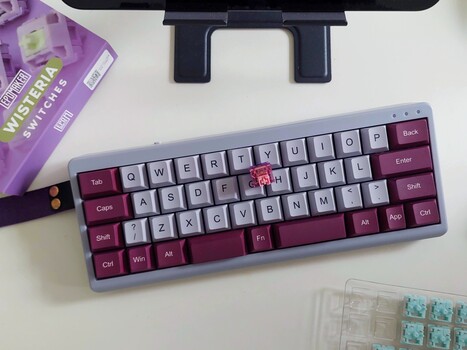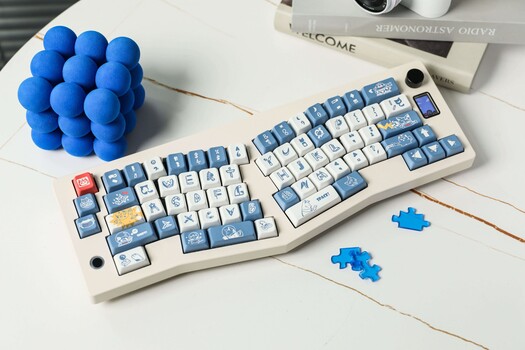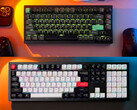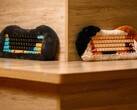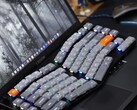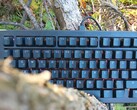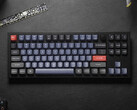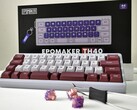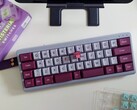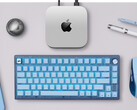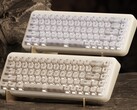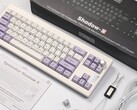CheckMag | Split space bar mechanical keyboards are dumb — until they aren't
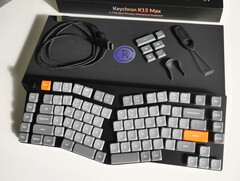
Most people only use one of their thumbs for the space bar, regardless of whether they're typing or gaming, but somehow most keyboards, even in the enthusiast mechanical keyboard space, still give us one long space bar that takes up around half of the keyboard's bottom row. Split space bar designs provide an alternative to this antiquated keyboard layout, splitting the space bar into two, or even three in the case of the Epomaker TH40, separate keys.
The whole point of the split space bar design is to better take advantage of the thumbs, which are, generally speaking, the most dextrous digits on our hands, and they can be very successful at doing just this, but the way most people see tech, especially keyboards, puts the split space bar in a bit of a no-man's land.
Split space bar keyboards are objectively better
Split space bar can help reduce finger strain and even increase typing speed and accuracy, as long as you put in the effort to make it work for you. The most obvious advantage of a split space bar is that it is a far more efficient use of space on the bottom row of the keyboard, but that's just the tip of the iceberg. With a keyboard customisation software, like VIA, the double or triple space bar opens up a world of possibilities.
Instead of being able to trigger one big button with the two strongest digits you have, QMK/VIA allows you to remap one or more of the space bars, allowing you to use something like Shift, Enter, or, even better, a layer shortcut on the "extra" keys. Theoretically, that extra remapping means you could add macros or extra punctuation that's otherwise not present on the base layer — like we did with the Epomaker TH40 recently.
Split space bars also have the added benefit of sounding better, simply by virtue of being smaller, and smaller keys are generally easier to stabilise and quieten down.
Why split space bar keyboards suck
Once you get used to using a split space bar, especially if you've taken the time to set it up to your liking, it's actually difficult to go back to a standard keyboard layout. And it's here where the problems lie. For starters, despite the growing presence of Alice layout keyboards, like the Keychron Q8 Max (curr. $219.99 on Amazon), and even some budget-friendly options, it's currently a non-standard layout, meaning split space bar keyboards can be expensive.
The lack of widespread adoption also means that there is little by way of standardisation. Split space bar keyboards are still sold with both space bars assigned to, well, Space, which is about as useful as a regular wide space bar. Split space bar keyboards can only be useful if people are actually willing to go into keyboard customisation software to set up the extra buttons in a way that makes sense to them, and it seems unlikely that anyone aside from the very biggest nerds and tinkerers would even bother.
Until someone can figure out a standard layout for split space bars that actually makes sense for most users — the turbo-nerds will remap it, anyway, no need to worry about them — we well all be stuck in 7u space bar hell, stretching and contorting our hands into ridiculous positions just to add a capital "T."




